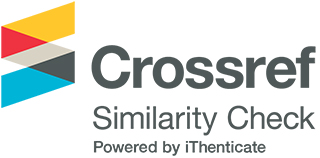The Summoning of the Muses: Transporting a History Class into the Studio
DOI:
https://doi.org/10.33422/ijhep.v5i4.846Keywords:
epic poems, mythological narratives, technology, practice, theory, visual communication (VC), history education, artworkAbstract
Teaching art history in a Department of Visual Communication (VC) can be challenging for any instructor. VC students tend to be very practically oriented, so engaging them in theoretical subjects requires that the instructor demonstrate the relevance of those subjects to their actual practice. An experimental second-year course titled “Mythological Narratives in Art and Design” introduced a practical approach to theory that made the subjects more appealing to VC students. It utilized the technical knowledge they had acquired in previous studio classes to interpret the theoretical subjects with a view toward creating their own artistic expressions. The course methodology relied on John Dewey’s theory of meaningful learning and Jürgen Habermas’s tri-dimensional conception of knowledge. In accord with Dewey’s usage of prior experience in the process of learning and Habermas’s technical, practical, and critical dimensions of knowledge, the students’ professional skills, acquired in four semesters of workshops and studio classes, were harnessed to approach the classical narratives and artworks. The students channeled their technical knowledge into practice, basing their final artistic project on their theoretical research and completing it using their professional skills. The current paper argues that this practical approach to the teaching of art history in schools of design is more effective, as it engages students’ attention, keeps them creative throughout the learning process, and makes the studies of humanities relevant and meaningful to their practice.
Downloads
Published
Issue
Section
License
Copyright (c) 2024 Esthy Kravitz-Lurie

This work is licensed under a Creative Commons Attribution 4.0 International License.












